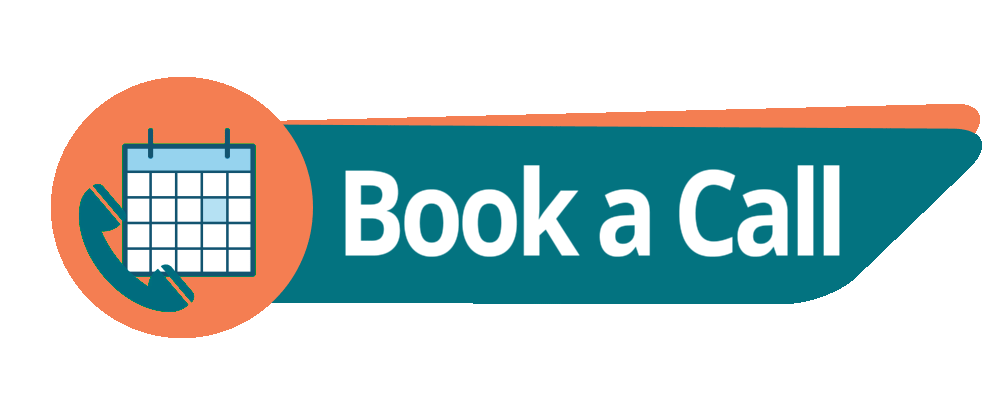
‘Data’, today, is the buzzword. And data-driven marketing is the trend of the era. Thanks to the Internet of Things (IoT), there’s a lot of data available today.
The reason many marketers are jumping on the bandwagon of data-driven marketing is the shifts in the shape of marketing. The digital space where we breathe in has brought huge changes in the ways marketing was done in past days. Now, buyers have become more IoT-empowered and marketing has gone more customer-centric.
However, Data-driven marketing can help you provide insights to deliver better customer experience. But, it has to be done right. Below are 4 brilliant ways to drive a data-driven marketing strategy that will bring you better engagement and more customers:
Table of Contents
1. Identify and Divide Buyer Personas into Groups
So, you have a lot of data heaped in your company records and you are all set to apply that data to your next multi-channel marketing campaign. But, before you start doing that, ask yourself these questions:
- Who are your buyer personas?
- How much do you know about them? (Their needs, challenges, and goals)
- What are the multi-channels they are more likely to use?
Once you have got yourself clear with the answers to the above questions, use your customer-data to divide those buyers into groups.
Remember, one size never fits all. Same is with your buyers. The needs and goals of your prospects vary from one to another. Targeting them with the same marketing strategy is definitely not going to work. So, dig into their previous customer-behavior – buying history, in-app, and on-site preferences. Keep in mind this data while creating content, sending emails or connecting via social media with prospects.
2. Create a Website that Delivers Best UX
One best way to build a data-driven marketing strategy is by leveraging the power of your company website. Your website is the very first mirror of you brand. If it delivers an engaging user-experience, you have got better number of customers. And if it fails to do so, you might lose even your existing ones.
Thus, pay attention to your company website. Data will help you do it. Consider the on-site behavior of your viewers. Make sure that the viewer who lands at you website is in search of something- the solutions to his problems. And if he leaves from a particular page without making a move that could prove beneficial to you, the time has come to review the website. Focus on creating:
- Engaging content that fulfills the needs of the buyers
- Appealing calls-to-action that take them to ‘clicks’
- Design of the website
3. Focus on Landing Pages
Landing pages are the most important part of a website as these are the places you get your most of the customers.
Apply customer-data to your landing pages and optimize them keeping in mind what your readers need. Give them options of using various search terms related to your services or products.
- Data can help you see how visitors interact with the landing pages
- Data can help you find the most popular landing pages
- You can identify the different types of visitors by using data
- Data can help you in lead tracking and analyzing
In other words, data-driven insights, when applied to landing pages help in delivering customized user experience to the viewers.
4. Targeted Email Marketing Strategy
Every marketing strategy works successfully when it taps the behaviors of the prospect. And when it comes to email marketing, the relevance of pin-pointing the user’s behavior becomes the must.
Data will help you creating an email marketing strategy that targets the prospect behavior the right way.
Customer-data gives you insights to do predictive analysis. Predictive analysis is the practice wherein marketers predict about which actions will affect the buyer’s behavior the most, and which strategies will help the buyer initiate and complete a buying process.
So, with the help of data, understand the preferences of your audience. Segment them on the basis of their needs. And then create an email marketing strategy. Emails send this way has a higher potential of converting the receivers into customers.

